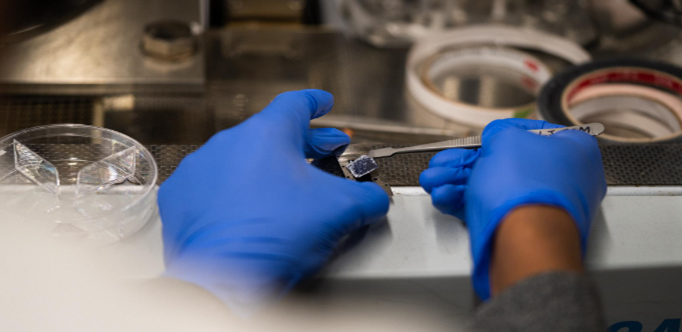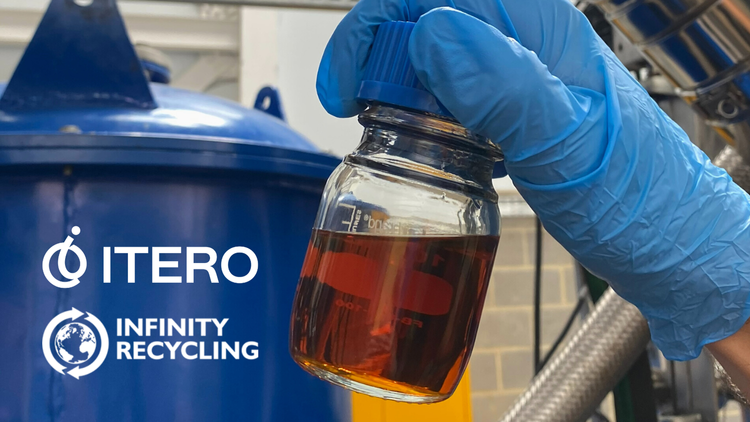Clinical Development
Australia’s Noxopharm in-licensed RNA technology from Hudson Institute of Medical Research for the company’s subsidiary Pharmorage. Following the pre-clinical finding that Idronoxil (IDX), the active component of Veyonda®, could strongly block the Stimulator of Interferon Genes (STING) pathway, Pharmorage was founded in 2020.
When cells identify misplaced DNA, this mechanism is activated, causing inflammatory chemicals known as cytokines. This displaced DNA could be viral or bacterial in origin, or it could be self-DNA produced due to tissue damage caused by infection. Overactivation of this system is hypothesized to be one of the factors that contribute to cytokine storms, also known as cytokine release syndrome (CRS), which occur following infections like COVID-19. CRS can progress to Sepsis or Septic shock in some circumstances, which accounts for around 10 million deaths worldwide each year.
Research Strategy
Pharmorage has been doing in-depth research with the Hudson Institute of Medical Research, which has world-leading expertise in the STING signaling system, and the Australian National University since the discovery of STING blocking by Idronoxil.
We are identifying molecular targets implicated in the anti-inflammatory activities of Idronoxil. This firm aims to combine NOX’s proprietary medication discovery and delivery technologies, as well as its anti-inflammatory properties. This platform could be used to treat an increasing variety of autoimmune illnesses.
Pharmorage and the Hudson Institute signed a formal collaboration agreement towards the end of 2020, committing to work together to develop new therapeutic medications for inflammatory illnesses. Pharmorage Pty Ltd is also working on better treatment for septic shock, a common yet neglected illness in Australia.
Immediate Impact
Unwanted side effects, such as weariness, headaches, chills, and injection-site pain, are linked to the body identifying mRNA therapies through the immune sensor Toll-like Receptor 7. (TLR7). The Hudson Institute in Melbourne, on the other hand, has uncovered a novel class of TLR7 inhibitors that can outcompete the existing ones. RNA immune sensing, which could be utilized to limit side effects.
Hudson’s lead RNA medicines will also be pursued as therapies for autoimmune and other diseases.
Inflammatory conditions. The root of the inflammatory response – crucial immunological sensors — is the target of these RNA medicines.
Potential Advancements for Peer Markets
The rise of new non-viral immunization innovations has essentially progressed the degree and viability of conventional antibody details that are for the most part dependent on single protein subunit immunizations or lessened or killed immunizations. Recent advancements have considered new applications to address continuous difficulties of inoculation with customization in the space of wellbeing, immunogenicity, the expansiveness of insurance, versatility, and simplicity of creation. Future opportunities can be seen as vaccine development, potential biomarkers in autoimmune disorders.
Impact on Patient (End-Users)
The company has developed a dual-acting drug with oncotoxic and immune-oncology molecules having unique anti-inflammatory properties. Veyonda is still being studied in combination with several therapies such as radiotherapy, immunotherapy, and chemotherapy for different cancer types to improve the efficiency of these therapies by killing more cancer cells in a patient body. The fundamental mechanism of the same is that it blocks the production of inflammatory cytokines responsible for sepsis or septic shock.
Shifting Industry Trends
Most pharmaceutical or biopharmaceutical companies are developing treatments for several cancer types. It can shift the focus of companies from treating cancer to improving the efficacy of available oncology drugs. It can be a transformative approach by companies working towards treating cancer disorders as it could potentially reduce the treatment-related side effects of other available therapies enabling the anti-cancer effect of therapies at low dosages.
The company’s focus is to target the largest segment of the oncology treatment market, metastatic cancer, where patients are left with fewer options of therapies other than palliative care. The firm is exploring more extensive uses of their drug as a standard treatment for low-dose radiotherapy and restoring immune function to tumors.



